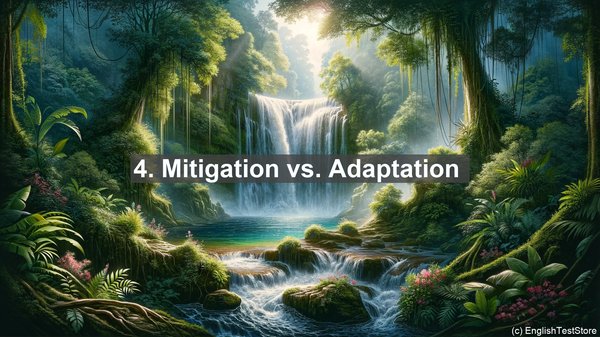Introduction
Today, we’re going to delve into the fascinating world of ecological economics. But before we start, it’s crucial to have a solid grasp of the terminology. In this lesson, we’ll be demystifying the top 10 commonly confused words in this field. So, let’s get started!

1. Sustainability vs. Resilience
While both sustainability and resilience are essential concepts in ecological economics, they have distinct meanings. Sustainability refers to the ability of a system to endure and maintain its functions over time, whereas resilience is the capacity to recover from disturbances. In simple terms, sustainability focuses on long-term stability, while resilience emphasizes the ability to bounce back.
2. Externalities vs. Public Goods
Externalities and public goods are often confused, but they represent different aspects. Externalities are the unintended consequences of economic activities that affect third parties, either positively or negatively. On the other hand, public goods are non-excludable and non-rivalrous, meaning they are available to all and one person’s use doesn’t diminish its availability for others.
3. Ecosystem Services vs. Natural Capital
Ecosystem services and natural capital are interconnected but distinct. Ecosystem services are the benefits that humans derive from ecosystems, such as clean water or pollination. Natural capital, on the other hand, refers to the stock of natural resources, including minerals, forests, or biodiversity. In essence, ecosystem services are the ‘services’ provided by natural capital.
4. Mitigation vs. Adaptation
Both mitigation and adaptation are strategies to address climate change, but they differ in their approach. Mitigation aims to reduce greenhouse gas emissions to prevent further climate change, while adaptation focuses on adjusting to the existing and anticipated impacts. In short, mitigation is about prevention, while adaptation is about adjustment.
5. Renewable vs. Non-renewable Resources
Renewable resources, like solar or wind energy, can be replenished naturally and are essentially inexhaustible. Non-renewable resources, such as fossil fuels, exist in limited quantities and cannot be replenished. The key distinction is the ability to regenerate over time, with renewable resources having that capacity.
6. Intrinsic vs. Instrumental Value
When discussing the value of nature, intrinsic and instrumental value are often mentioned. Intrinsic value refers to the inherent worth of nature, irrespective of its usefulness to humans. Instrumental value, on the other hand, is the value nature holds in terms of its benefits to humans, such as providing food or medicine.
7. Carbon Footprint vs. Ecological Footprint
While both carbon footprint and ecological footprint relate to environmental impact, they focus on different aspects. Carbon footprint specifically measures the greenhouse gas emissions associated with an individual, organization, or product. Ecological footprint, on the other hand, is a broader measure that assesses the overall human demand on nature, including land and resource use.

8. Degrowth vs. Sustainable Development
Degrowth and sustainable development present contrasting visions for the future. Sustainable development aims to meet present needs without compromising the ability of future generations to meet their own needs. Degrowth, on the other hand, challenges the notion of continuous economic growth, advocating for a reduction in production and consumption to achieve ecological balance.
9. Anthropocentrism vs. Biocentrism
Anthropocentrism and biocentrism represent different perspectives on the value of nature. Anthropocentrism places humans at the center, considering nature valuable only in terms of its benefits to humans. Biocentrism, in contrast, recognizes the intrinsic value of all living beings, irrespective of their usefulness to humans.
10. Circular Economy vs. Linear Economy
The circular economy and linear economy are two contrasting models of resource use. In a linear economy, resources are extracted, used, and disposed of. In a circular economy, resources are kept in use for as long as possible, with materials being recycled or repurposed. The goal is to minimize waste and maximize resource efficiency.
